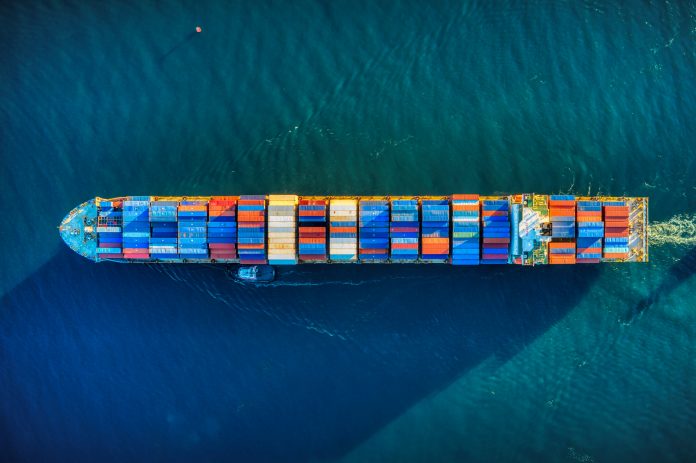Sea-Intelligence reported that global schedule reliability increased to 67% in May 2023, which albeit low, is considered “normal performance”.
Even though most shippers are exposed to only a subset of the trade lanes covered, and hence from their perspective it is the trade level detail that is relevant, the global figure serves the purpose of conveying a sense of the larger picture.
“To better reflect what the shippers are experiencing, we have elected to weigh the reliability in each of the 34 different trade lanes, with the amount of TEU shipped in each trade lane,” explained Sea-Intelligence analysts.
In the following figure, they have shown the “added reliability felt by the customers”. If the difference is positive, it means that more cargo is being shipped on trade lanes which are relatively more reliable, and vice versa.

Alan Murphy, CEO of Sea-Intelligence, said there is clearly significant inter-month volatility, but the level shift going into the pandemic period is very clear.
“And importantly, it can also be seen that despite the gradual normalisation of the reliability itself, the difference between the two methodologies (i.e., global reliability versus average of each trade lane, weighted by volume of containers being shipped) has not been normalised,” he added.
This means that customers are experiencing a global reliability which is 4-8% worse than indicated by the traditional global reliability number.
“In short, the distribution of the performance is skewed compared to the pre-pandemic era, and hence shippers are de facto experiencing a level of reliability which is not yet fully normalised,” noted Murphy.
He concluded, “If we extend the same methodology to average delay, then at the height of the supply chain disruptions, shippers also experienced longer delays for more of their cargo, than indicated by the usual measurement, however this has now been fully normalised again.”







